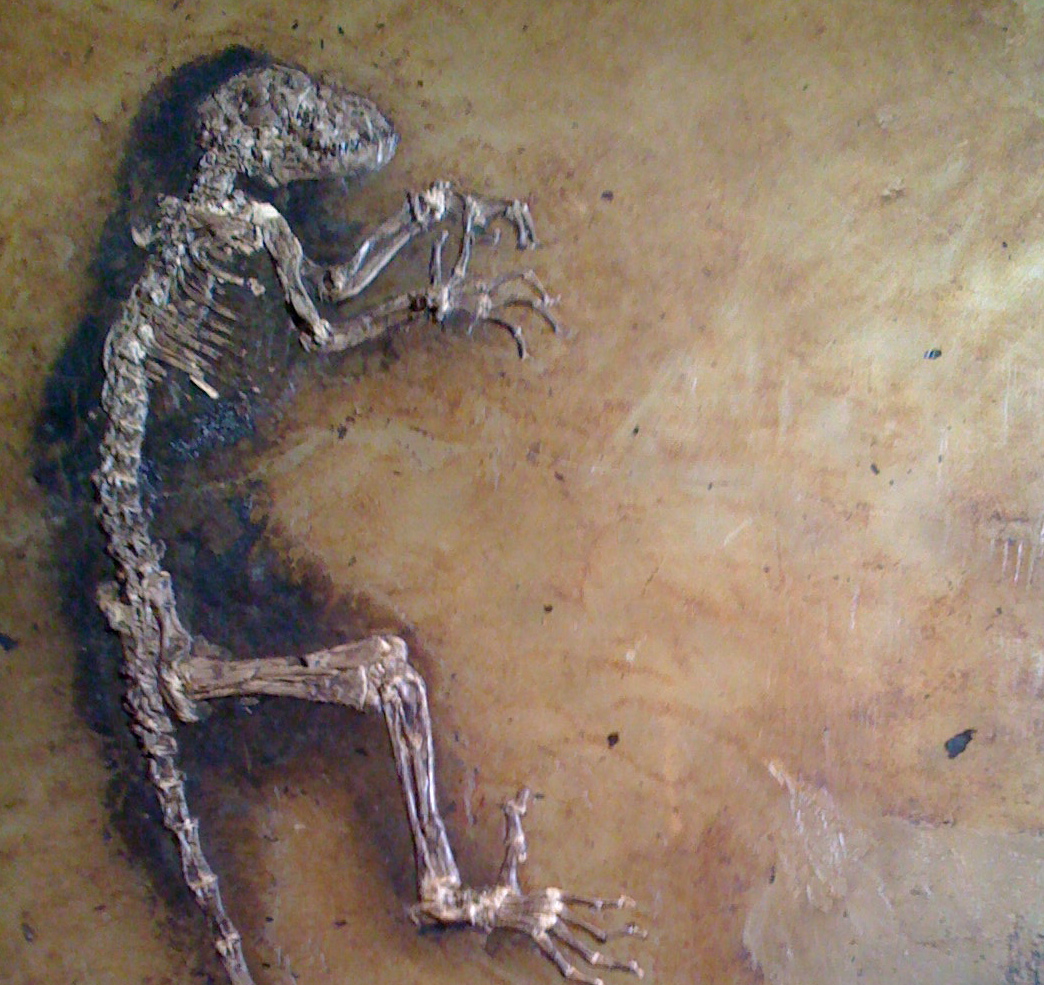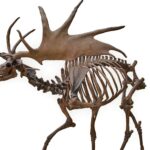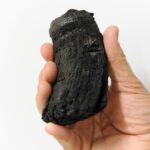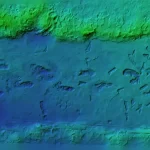New Scientist
Image: Barras
Appearances can be deceptive. Ida, a fossil so complete that it launched 1000 headlines in May, might actually be too damaged to reveal much about primate evolution, according to a new analysis.
When Ida, also known as Darwinius masillae, was revealed to the world,many were impressed by its exquisite preservation – even its final meal could be seen, preserved in its 47-million-year-old gut.
Jørn Hurum at the University of Oslo, Norway, and colleagues analysed the fossil and suggested it could help link both major groups of extant primate: the strepsirrhines (lemurs and lorises) and the haplorrhines (tarsiers, monkeys and apes).
That conclusion was hotly contested by many, and is contradicted in a new analysis by Erik Seiffert at Stony Brook University, New York, and colleagues. The team has just discovered a new 37-million-year-old primate in Egypt, which they have named Afradapis.
Seiffert’s team carried out a phylogenetic analysis of 117 extinct and extant primates that looked at 360 morphological characteristics. Their analysis places both Afradapis and Darwinius firmly on the strepsirrhines branch. The researchers suggest that the characteristics Darwinius appears to share with the haplorrhines are the result of convergent evolution.
Seiffert stresses that although Ida possesses important features rarely found in other primate fossils, such as relative limb proportions, the anatomy that matters from an evolutionary point of view is badly preserved.
“When it comes to the key anatomical features that primate palaeontologists so often depend on, Darwinius is surprisingly uninformative,” says Seiffert. The skull is crushed and the ankle damaged, he says – two areas of the body crucial to understanding early primate evolution. Read more on newscientist.com…








